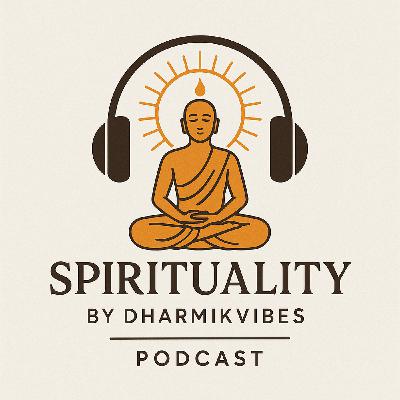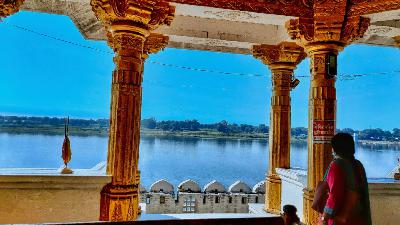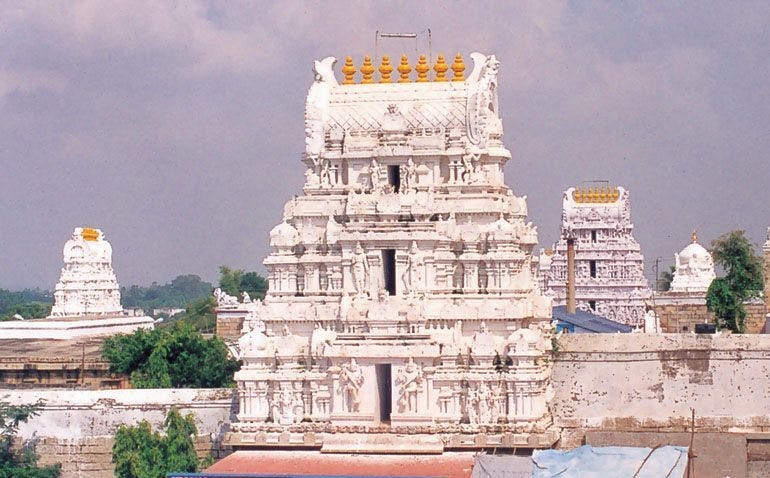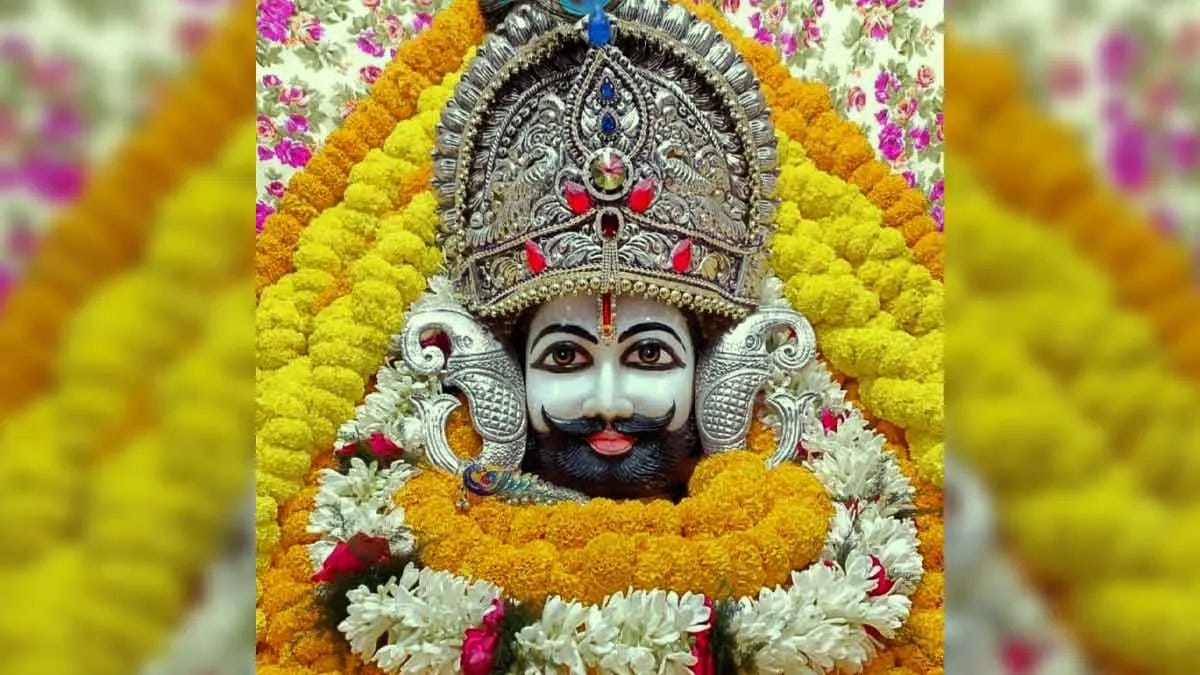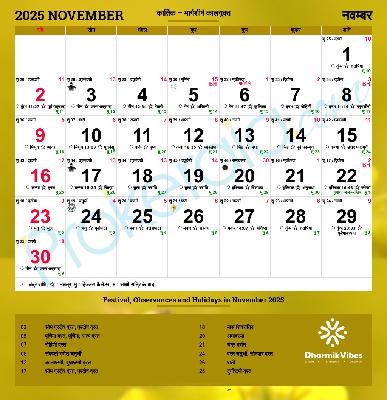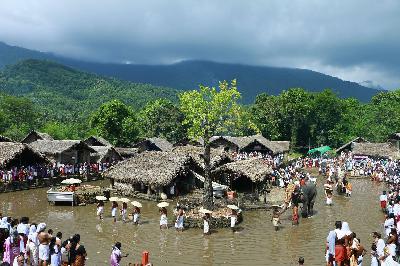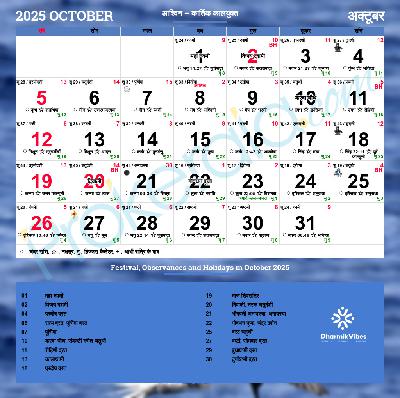Karva Chauth 2025 – History, Rituals, Samagri, Moonrise Time, Food, Daan, Seva & Temples
Description
Karva Chauth (also spelled Karwa Chauth or Karaka Chaturthi) is a deeply symbolic Hindu festival observed primarily by married women, who fast from sunrise until moonrise, praying for the long life, health, and prosperity of their husbands. Unmarried women sometimes observe it hoping to be blessed with a suitable life partner.
The festival is especially popular in North India (Punjab, Haryana, Delhi, Rajasthan, Uttar Pradesh), but its emotional resonance has led to observance across many regions. It is observed on the Chaturthi of Krishna Paksha in the Hindu month of Kartik (or Ashwin in the Amanta calendar) - i.e., the fourth day of the waning moon phase.
Its essence lies not just in the fast, but in devotion, self-discipline, giving (daan), seva, prayer, and the bond between husband and wife.
Meaning and Significance of Karva Chauth
The word “Karva” or “Karwa” means an earthen pot, which symbolizes prosperity and peace. “Chauth” or “Chaturthi” refers to the fourth day of the lunar fortnight. Hence, Karva Chauth literally means “the fourth day associated with the Karva.”
It is observed on the Krishna Paksha Chaturthi (fourth day of the waning moon) in the month of Kartik according to the Hindu lunar calendar. Married women observe a day-long fast for the long life, well-being, and prosperity of their husbands. In many regions, unmarried women also observe this fast to be blessed with a good husband in the future.
Karva Chauth is most widely celebrated in North India - in states such as Punjab, Haryana, Delhi, Rajasthan, Uttar Pradesh, and Madhya Pradesh. However, its emotional and spiritual importance is recognized across the country.
History and Mythological Origins
Karva Chauth’s roots go back centuries, and several folk legends are associated with it. These stories emphasize devotion, sacrifice, and the power of prayer.
1. Queen Veeravati’s Devotion
Queen Veeravati was the only sister of seven brothers. On her first Karva Chauth after marriage, she fasted for her husband’s long life. By evening, she became faint from hunger and thirst. Her brothers, unable to watch her suffering, tricked her by showing a mirror through a tree, making it appear as if the moon had risen. She broke her fast, but soon after, her husband died.
Distraught, she prayed sincerely to Goddess Parvati, who revealed the truth and asked her to reobserve the fast properly. Veeravati did so with devotion, and her husband was brought back to life. This story represents faith, patience, and the importance of performing the fast with complete sincerity.
2. The Legend of Karva and the Crocodile
A woman named Karva, deeply devoted to her husband, once saved him from a crocodile while he was bathing in a river. She tied the crocodile with a cotton thread and prayed to Yama, the god of death, to spare her husband. Yama, impressed by her devotion, granted her husband long life and punished the crocodile. The festival is said to derive its name “Karva Chauth” from this story.
3. Savitri and Satyavan
The legend of Savitri and Satyavan, in which Savitri follows Yama and wins back her husband’s life through her devotion, is also cited as an example of a wife’s steadfast faith and strength.
Date, Muhurat, and Moonrise Time for Karva Chauth 2025
According to the Hindu calendar, Karva Chauth in 2025 will be observed on Friday, October 10, 2025.
* Date: Friday, October 10, 2025
* Tithi: Chaturthi of Krishna Paksha, Kartik month
* Puja Muhurat: 05:58 PM to 07:11 PM (approximate - consult local panchang)
* Moonrise Time (Chand Nikalne Ka Samay): 08:18 PM (Delhi and North India)Moonrise may vary by 10 to 15 minutes depending on location
* Fasting Duration: From before sunrise (around 5:10 AM) to moonrise (around 8:18 PM)
The fast begins before dawn and is broken after sighting the moon at night.
Moonrise Time (Chand Nikalne Ka Samay) in Major Indian Cities
The moonrise time, or Chand Nikalne Ka Samay, varies slightly across India depending on geographical location. For Karva Chauth 2025, the festival will be observed on Friday, October 10, 2025, and women will break their fast after sighting the moon.
In Delhi and the NCR region, the moon is expected to rise at around 8:13 PM. The Puja Muhurat is from 5:57 PM to 7:11 PM, and the fasting duration extends from 6:19 AM to 8:13 PM.
In Mumbai, the moonrise is expected around 8:15 PM, with the puja time between 5:58 PM and 7:12 PM, and the fast lasting from 6:28 AM until 8:15 PM.
For Kolkata, the moon will rise slightly earlier at 8:10 PM, with the puja muhurat falling between 5:27 PM and 6:47 PM. The fasting period will roughly be from 5:35 AM to 8:10 PM.
In Chennai, the moonrise time is approximately 8:20 PM. The evening puja can be performed between 5:46 PM and 7:02 PM, and the fast will typically last from 5:50 AM to 8:20 PM.
For those observing the vrat in Jaipur, the moon will rise around 8:14 PM, with puja time from 5:59 PM to 7:10 PM, and fasting from 6:17 AM to 8:14 PM.
In Lucknow, devotees can expect to see the moon at about 8:09 PM, with the puja muhurat between 5:39 PM and 6:59 PM, and fasting hours from 6:00 AM to 8:09 PM.
In Chandigarh, the moon will appear around 8:12 PM, the puja can be done between 5:55 PM and 7:08 PM, and the fast lasts from 6:20 AM to 8:12 PM.
For Ahmedabad, the moonrise will be at approximately 8:16 PM, with puja time between 6:04 PM and 7:16 PM, and fasting duration from 6:25 AM to 8:16 PM.
In Hyderabad, the moon is expected at 8:18 PM, the puja muhurat falls between 5:50 PM and 7:05 PM, and the fast continues from 5:58 AM to 8:18 PM.
Lastly, in Bengaluru, the moonrise time will be around 8:19 PM. The puja time is 5:55 PM to 7:10 PM, and fasting hours are from 6:05 AM until 8:19 PM.
These timings are approximate and may vary slightly depending on your exact location, local horizon visibility, and weather conditions. Devotees are advised to confirm the precise moonrise time with their local panchang, temple, or priest on the day of the festival
Preparations for Karva Chauth
Preparations for Karva Chauth start a day or two in advance and include both spiritual and celebratory elements.
* Cleaning and Decoration - Homes and puja areas are cleaned and decorated with flowers and diyas.
* Shopping - Women purchase the Karva (earthen pot), sieve (chalni), puja thali, lamp (diya), bangles, sindoor, bindis, and traditional attire such as sarees or lehengas.
* Sargi Preparation - The mother-in-law prepares a special pre-dawn meal called Sargi for her daughter-in-law.
* Mehndi and Shringar - Women apply mehndi (henna) on their hands and feet and adorn themselves with jewelry and festive clothing.
* Gift Exchange - Small gifts, sweets, and tokens of love are exchanged within families.
Sargi - The Pre-Dawn Meal
Sargi is the meal eaten before sunrise and is the only food consumed until the moonrise. It is traditionally sent or prepared by the mother-in-law for her daughter-in-law.
A typical Sargi includes:
* Sweet vermicelli (feni) with milk
* Dry fruits and nuts (almonds, cashews, raisins)
* Fresh fruits (bananas, pomegranates, apples)
* Parathas or pooris
* Sweets like halwa or barfi
* Tea, milk, or light juice
After eating Sargi, women begin their nirjala vrat, meaning they abstain from both food and water for the rest of the day.
Puja Samagri for Karva Chauth
A complete Karva Chauth Puja Samagri list includes:
* Karva (earthen pot) filled with water
* Puja thali (plate)
* Diya (lamp with ghee or oil)
* Roli (red powder) and chawal (rice grains)
* Sindoor (vermilion), haldi (turmeric), and kumkum
* Flowers and garlands
* Betel leaves and betel nuts
* Camphor (kapoor) and incense sticks
* Gangajal (holy water)
* Red or pink chunri or dupatta
* Idols or pictures of Lord Shiva, Goddess Parvati (Gaur Mata), Lord Ganesha, and Lord Kartikeya
* Sweets (ladoo, barfi, kheer, or halwa)
* Fruits and dry fruits
* Chalni (sieve) for moon viewing
* Gifts or tokens for elders and mother-in-law
Step-by-Step Rituals (Vrat Vidhi)
1. Pre-Dawn Ritual (Sargi)
Women wake up early before sunrise, bathe, and eat the Sargi meal. They offer prayers to Goddess Parvati and Lord Shiva for strength and devotion.
2. Fasting
After sunrise, they begin the fast - abstaining from both food and water. They remain calm, positive, and prayerful throughout the day.
3. Evening Puja
The main puja takes place in the evening, usually between 5:45 PM and 7:00 PM.
* Women gather in groups with decorated thalis.
* The idols of Goddess Parvati, Lord Shiva, and Lord Ganesha are worshipped.
* The Karva Chauth Katha (story) is recited by an elder or priest.
* Women per

